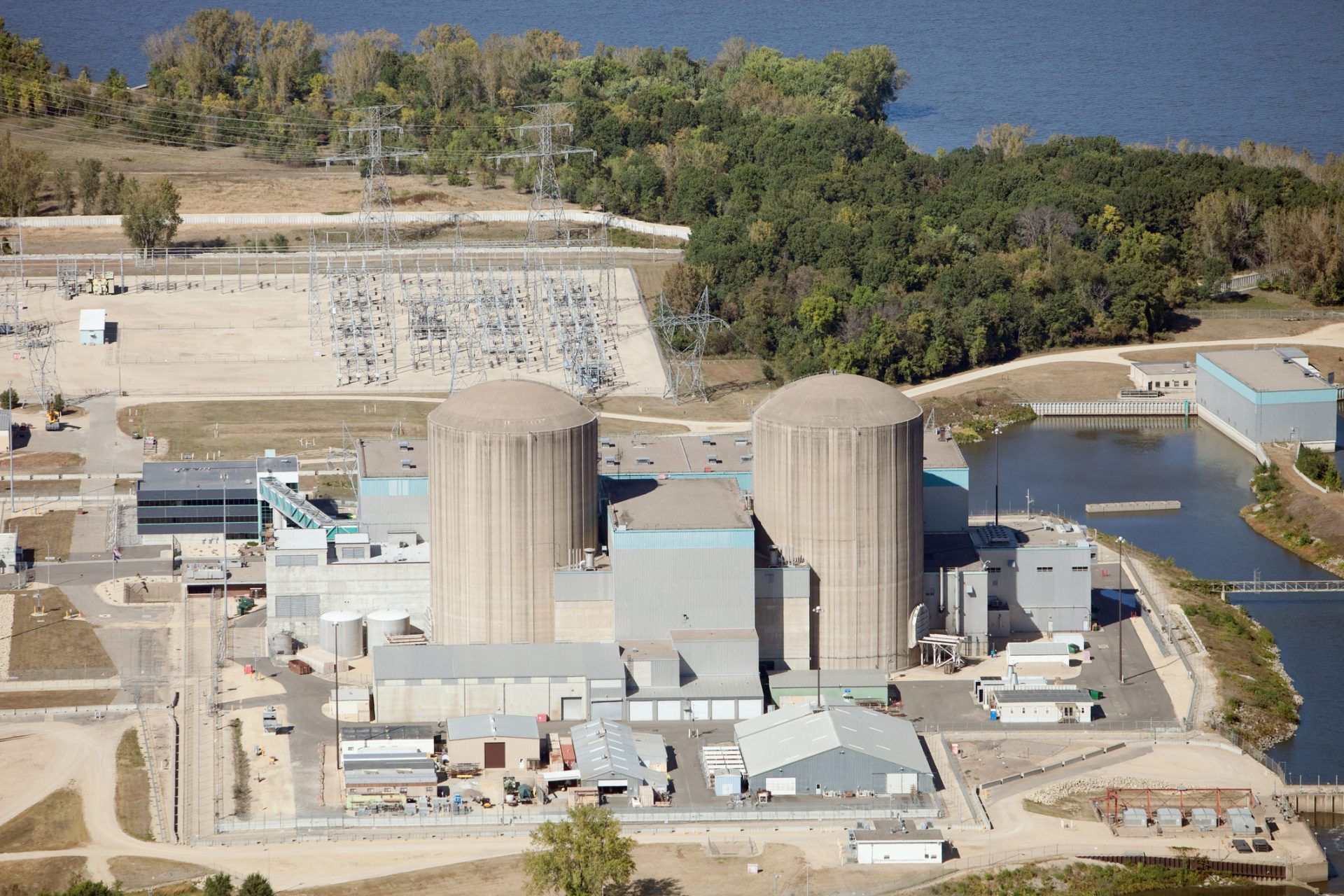Are renewable sources of energy like wind and solar cheaper than fossil fuels?
Do you know which source of electricity is cheapest in the United States? This is a question that Visual Capitalist charted using the latest data available from the global financial services firm Lazard, and the answer might not be the energy source you think.
In cooperation with the National Public Utilities Council, Visual Capitalist produced a chart of the cheapest energy sources in the United States in 2024. It distinguished between energy that was derived from emission-free sources as well as fossil fuels.
The chart also looked at which sources of energy were cheapest and most expensive with and without subsidies, which is very important when looking at the relative cost of energy, and found that wind and solar are big bargains when they come with subsidies.
“Onshore wind power effectively costs $0 per megawatt-hour (MWh) when subsidies included in the Inflation Reduction Act, such as the Investment Tax Credit, Production Tax Credit, and Energy Community Adder, are applied,” Visual Capitalist noted
“Demand for storage solutions is rising quickly. If storage is included, the minimum cost for onshore wind increases to $8 per MWh. Offshore wind, while more expensive, still presents a competitive option,” the graphics website added. Let’s look at these findings.
Minimum with subsidies: $0
Minimum without subsidies: $27
Maximum: $73
Minimum with subsidies: $8
Minimum without subsidies: $45
Maximum: $133
Minimum with subsidies: $71
Minimum without subsidies: $74
Maximum: $139
Minimum with subsidies: $6
Minimum without subsidies: $29
Maximum: $92
Minimum with subsidies: $38
Minimum without subsidies: $60
Maximum: $210
Minimum with subsidies: $43
Minimum without subsidies: $64
Maximum: $106
It’s important to note that the geothermal figure listed was the 2020 levelized cost of electricity and adjusted for inflation.
Visual Capitalist pointed out that solar photovoltaics had “attractive economics” when pointed out that subsidies' minimum costs reached just $6 per MWh. Let’s compare how these emission-free energy sources compare to fossil fuels.
Minimum with subsidies: n/a
Minimum without subsidies: $45
Maximum: $108
Minimum with subsidies: n/a
Minimum without subsidies: $69
Maximum: $168
It’s important to note that the coal figure listed was the 2020 levelized cost of electricity and adjusted for inflation.
Minimum with subsidies: n/a
Minimum without subsidies: $110
Maximum: $228
“For gas-combined cycle plants, which combine natural gas and steam turbines for efficient electricity generation, the maximum price has climbed $7 year-over-year to $108 per MWh,” Visual Capitalist wrote, which is quite interesting.
Subsidized solar and onshore wind are far cheaper than gas-combined cycle energy, coal, or gas-peaking—which Visual Capitalist noted was a type of energy used to meet peak demands and was the most expensive option in 2024 with a whopping maximum cost of $228 per MWh.
Even without subsidies, all types of wind, solar, and geothermal are either cheaper or within range of the fossil fuels examined, except for gas-combined cycle energy, which is cheaper than every emission-free source of energy except onshore wind and solar.
Nuclear energy is a little different from fossil fuels and other emission-free sources of energy and was the highest minimum cost of all the energy sources examined at $142 per MWh. But that number doesn’t tell the whole story.
“The economics improve significantly with lifetime extensions of nuclear plants. These extensions reduce the minimum marginal cost of nuclear electricity to $32 per MWh, a cost reduction that 95% of U.S. nuclear plants benefit from,” Visual Capitalist noted.
Well, according to the data from Lazard analyzed and charted by Visual Capitalist in partnership with the National Public Utilities Council, renewable energies like onshore wind and solar are the cheapest, which seems promising for the world’s future.
More for you
Top Stories


































